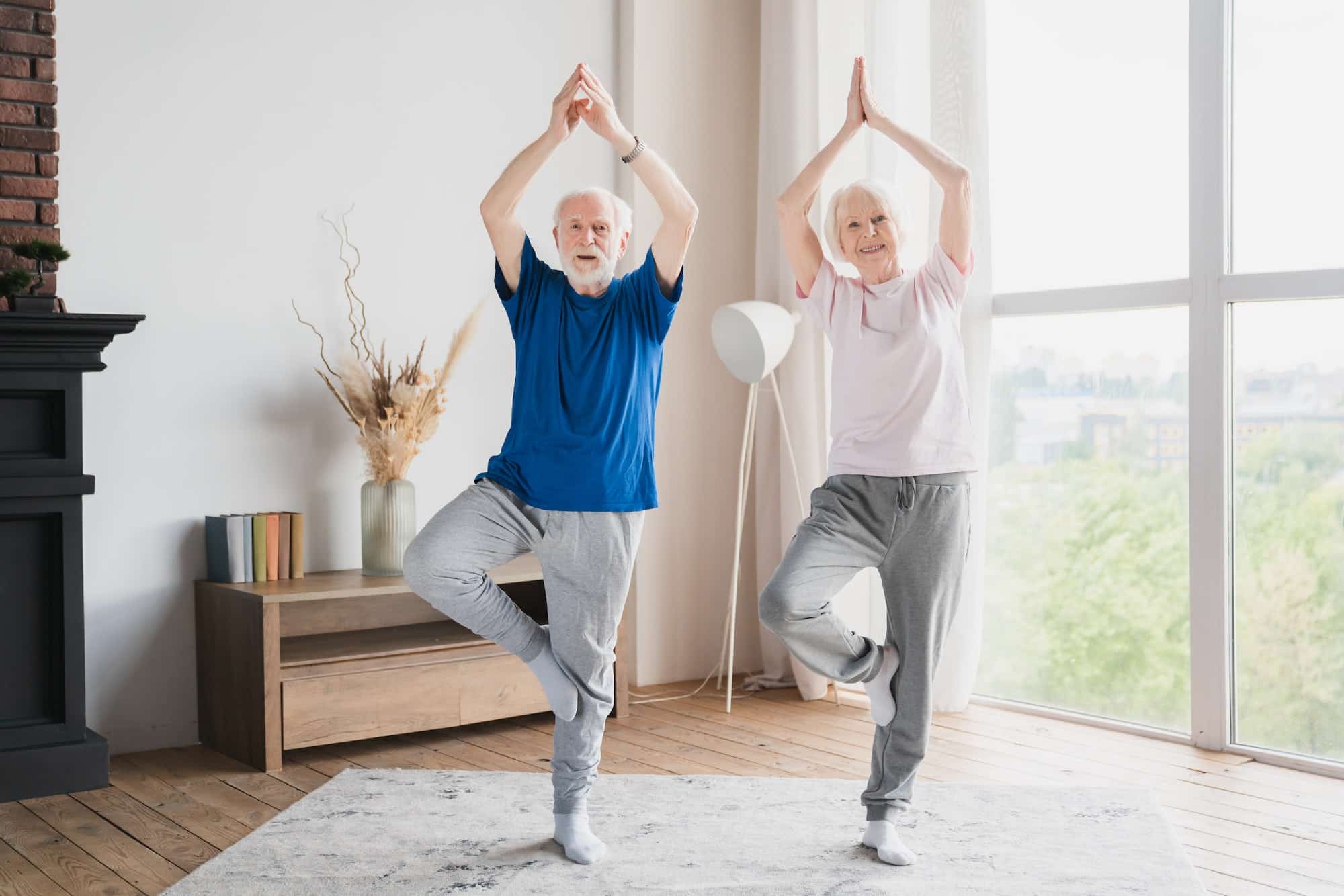What is balance ?
The body’s ability to maintain stability and an upright posture during various activities and movements. It involves the coordination of multiple sensory systems, muscular control, and reflex mechanisms to prevent falls and maintain equilibrium.
There are three primary balance mechanisms involved in maintaining balance:
-
Vestibular System:
- The vestibular system, located within the inner ear, plays a crucial role in providing information about the body’s position and movement in space.
- This system detects rotational movements and linear accelerations of the head.
- It consists of structures like the semicircular canals and otolith organs, which contain fluid and sensory hair cells that respond to movement.
- Information from the vestibular system is integrated with visual input and proprioceptive feedback to help maintain balance.
-
Proprioception:
- Proprioception refers to the body’s ability to sense the position, movement, and orientation of its parts.
- Proprioceptors are sensory receptors located within muscles, tendons, and joints, providing feedback about muscle length, tension, and joint position.
- This feedback helps the body make continuous adjustments to posture and movement, contributing to balance control.
- Proprioceptive training exercises are commonly used in physical therapy to improve balance and coordination, especially in individuals with neurological conditions or musculoskeletal injuries.
-
Vision:
- Vision plays a significant role in balance by providing visual references to the environment and aiding in the detection of potential obstacles or hazards.
- Visual input helps orient the body in space and provides cues for postural adjustments.
- In situations where other balance mechanisms are compromised, such as in individuals with vestibular disorders, vision becomes particularly important for maintaining stability.
- Visual impairment or dysfunction can significantly impact balance and increase the risk of falls.
How Can Physical Therapy Help with Improving Balance ?
Physical therapy utilizes various techniques and exercises to improve balance, and one approach involves creating seemingly unconventional exercises such as standing with eyes closed, turning the head side to side, or standing on an uneven surface. These exercises serve specific purposes in balance training.
Closing your eyes removes the use of your visual system, which in turn strengthens your vestibular and somatosensory systems. Turning your head side to side challenges the vestibular system while strengthening vision and somatosensory input. Additionally, standing on an uneven surface limits somatosensory input while strengthening vision and the vestibular system.
By selectively challenging one sensory system while relying on others, the body is forced to adapt and compensate, thereby enhancing overall balance. As physical therapists, we progressively increase the challenge by removing two systems to focus on strengthening the remaining one. This deliberate approach aims to make the systems more resilient and responsive, ultimately improving balance.
It’s crucial to perform these exercises under the supervision of a clinician to ensure safety, especially considering the potential for loss of balance. However, experiencing slight imbalance is part of the learning process, as it helps the body learn how to regain balance effectively.
Practice is key to improving balance, and physical therapy provides the structured environment and expertise needed to achieve this goal. Even in the elderly population, there is potential for improvement through consistent practice and guidance.
According to the American Physical Therapy Association (APTA), falls among adults aged 65 and older are a significant concern, with approximately one-third experiencing a fall each year, and 20-30% suffering injuries as a result.
At Encore Physical Therapy, we prioritize reducing the risk of falls through comprehensive balance training. Our approach involves releasing restrictions and challenging the body’s stability to promote safer mobility and independence. Book an appointment with us today to start your journey towards better balance and reduced fall risk





